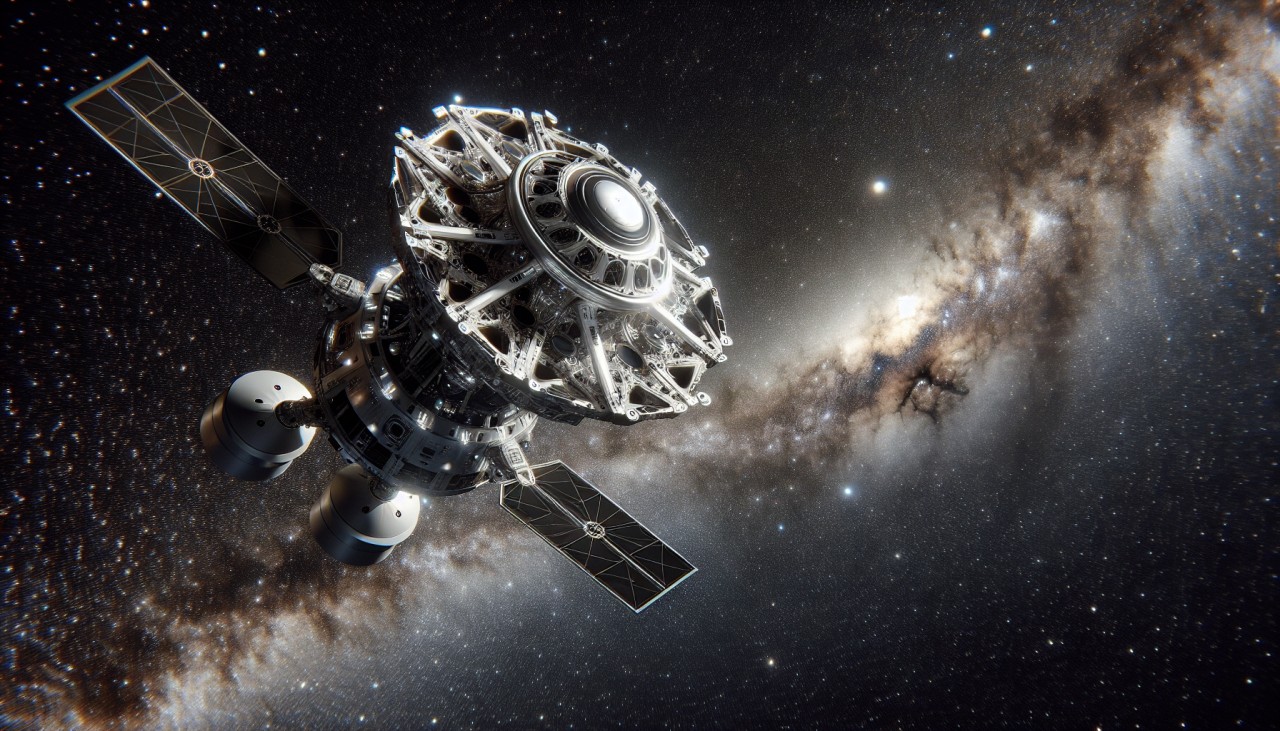


Artificial intelligence (AI) is transforming the aerospace industry by enhancing spacecraft design and operational efficiency. NASA's Goddard Space Flight Center has pioneered the use of generative AI to create "evolved structures"—lightweight, durable components that withstand higher structural loads. These AI-designed parts, which resemble alien-like structures, can be produced in a fraction of the time compared to traditional methods, significantly reducing mission costs and development timelines. nasa.gov
In spacecraft navigation, AI is enabling autonomous operations that were once reliant on human intervention. Stanford University's Center for AEroSpace Autonomy Research (CAESAR) has developed the Autonomous Rendezvous Transformer (ART), an AI-based system that plans optimal and safe trajectories for spacecraft docking. By integrating AI into traditional guidance, navigation, and control pipelines, ART aims to make space travel more efficient and reliable, reducing the need for ground-based calculations and enhancing mission safety. engineering.stanford.edu
The European Space Agency (ESA) is also leveraging AI to improve satellite autonomy. ESA's Hera mission employs AI to autonomously navigate toward an asteroid, similar to self-driving cars, by fusing data from various sensors to build a model of its surroundings and make onboard decisions. This approach enhances the spacecraft's ability to perform complex maneuvers without real-time human input, paving the way for more autonomous space exploration. esa.int
AI's integration into spacecraft systems is not limited to design and navigation. NASA is testing AI technologies to make Earth-observing satellites smarter. The Dynamic Targeting system enables satellites to autonomously process and analyze imagery, allowing them to adjust their instruments to capture cloud-free views of Earth's surface. This capability enhances the quality and efficiency of data collection, providing more accurate and timely information for scientific research. jpl.nasa.gov
As AI continues to advance, its applications in spacecraft are expected to expand, leading to more autonomous, efficient, and cost-effective space missions. The collaboration between AI and aerospace engineering holds the promise of unlocking new frontiers in space exploration and utilization.